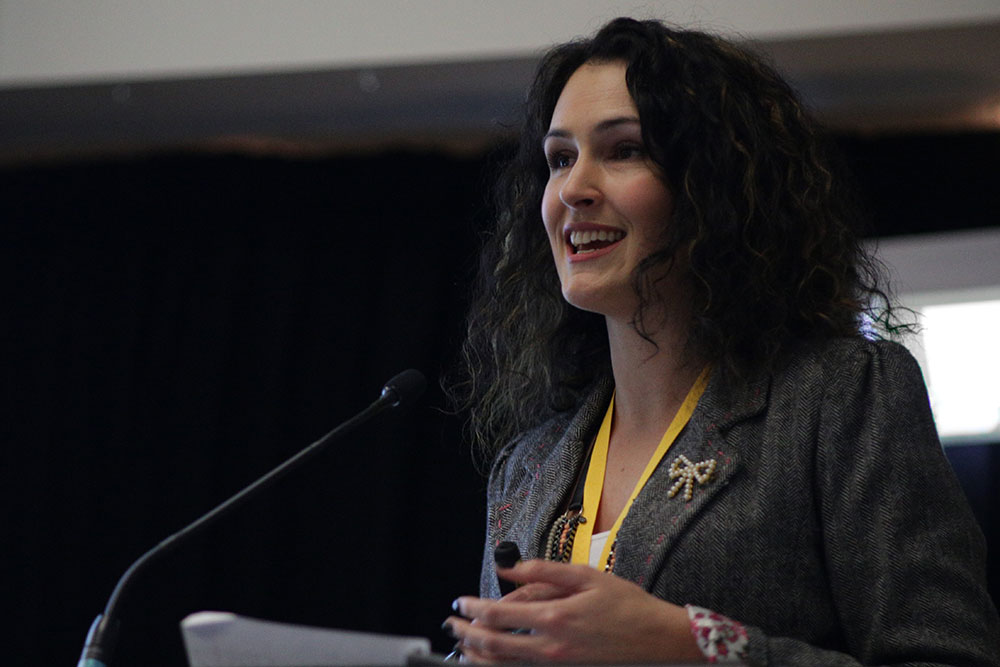
Image: Yarra Ranges Council’s Manager Corporate Affairs Jennifer Bednar tells all about the challenges in taking customer service beyond simply answering calls.
Answering the phone to a complaint about a pothole or a rate inquiry probably has a familiar ring to it for any local government contact centre, but the complexities in running such an operation has meant the need to develop new and improved strategies in delivering better frontline customer service.
The call centre in any organisation is one that’s usually taken for granted because it’s a service that people simply expect to be there when they want to report an incident or make a transaction.
It can be stressful work for council employees who are hired to be a point of contact with the community, especially when the risk of being hurled abuse by angry callers is significant, raising the stakes to astronomically high levels in maintaining customer satisfaction.
Contact centres are a component of government that have been traditionally referred to as the “switchboard”, but Yarra Ranges Council’s Manager Corporate Affairs Jennifer Bednar likened the term as one that makes your “skin crawl” because “it’s not just about answering calls”.
In a relatively large Victorian municipality that’s serves around 150,000 residents, Ms Bednar stressed the importance of taking the council’s existing contact centre facilities to the next level.
In Ms Bednar’s presentation to IQPC’s Government Contact Centre Summit in Sydney on 12th August, 2015, she talked about the challenges in boosting the performance of a contact centre, such as understanding what customers want.
According to Ms Bednar, the key is to evaluate what causes satisfaction and dissatisfaction from customers – and the risk of being left with disgruntled customers is high because the things that drive dissatisfaction outweigh satisfaction three-to-one.
“You could have a fantastic interaction with your customer – you in customer service have done all the right things, but if you pass it on to the asset team, and they don’t call the customer back like they promise, or they fail to explain a process, all that good work that’s happened at the beginning basically goes out the window,” Ms Bednar said.
She said the three key things to drive dissatisfaction were lack of follow-up, broken promises and poor complaint management.
Ms Bednar urged that councils ensure that those points are the priority within their strategies, or risk alienating their constituents.
As for satisfaction in the community, Ms Bednar said this is a measure for council that’s “absolutely vital”.
“And you know why? We need to be relevant,” Ms Bednar said.
She gave a stark warning about the potential consequences if councils ignore the importance of maintaining customer satisfaction through more effective planning and implementing better strategies.
“If a private organisation can pick up the bins more effectively than we can, if they can deliver maternal and child health services more effectively than we can, or if they can fix your pothole quicker than we can, well then ultimately, we may go out of business,” Ms Bednar said.
And though the work that Yarra Ranges Council has been doing through its customer-first strategy, Ms Bednar said that satisfaction is now one of councils key performance measures.
Another important point Ms Bednar raised what that Yarra’s innovative customer-first strategy doesn’t work in isolation.
She said it has to work in conjunction with the council’s digital strategy, its ICT strategy, all other council plans and strategic items that guide where the organisation is heading.
“Because if the customer-first strategy says that we’re heading over there, and other things within the organisation are pushing service delivery in another direction, you’re never going to get a satisfying response,” Ms Bednar said.





